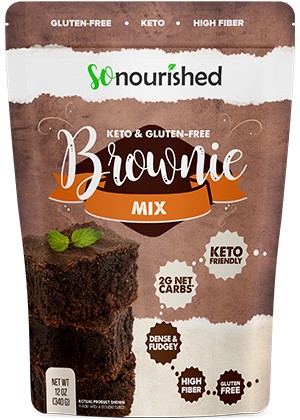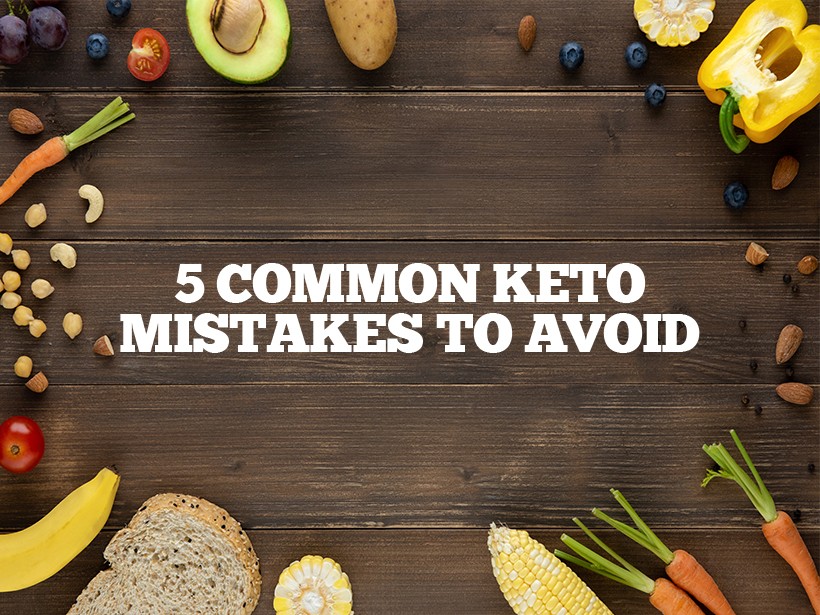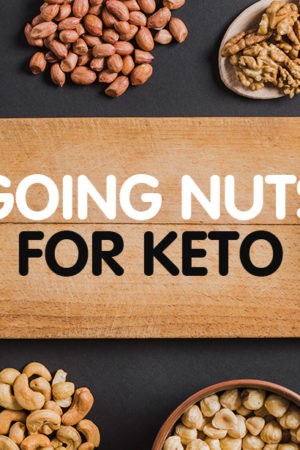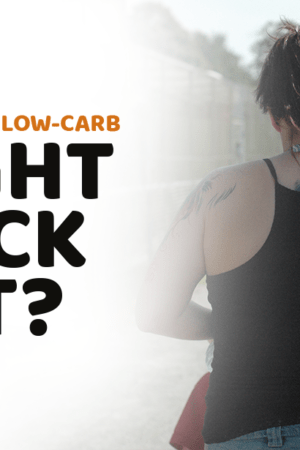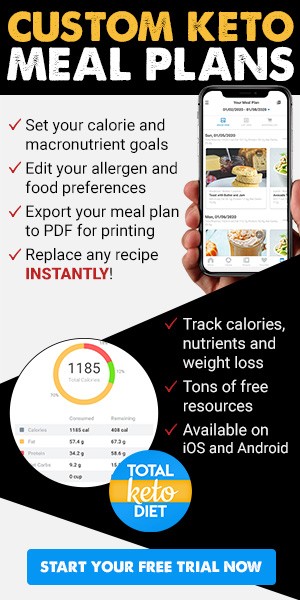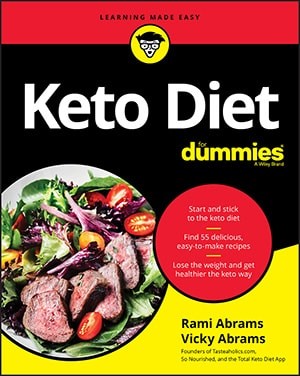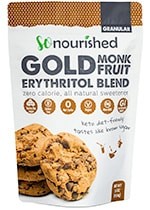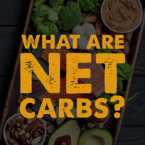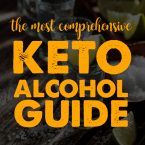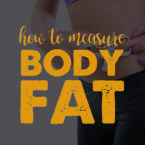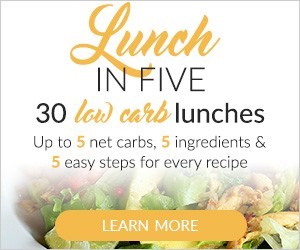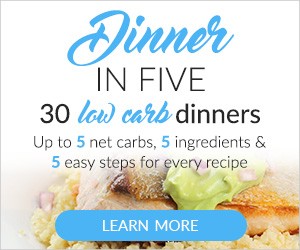People turn to the ketogenic diet for different fitness and health reasons. They might want improved athletic performance, increase their weight loss progress, or have more energy on a regular basis. All it takes is cutting carbs, right? Yes and no; there are some common pitfalls that keto beginners fall into.
Ready, set … go?
The first mistake first-timers make is failing to prepare for this new diet. The beginning stages of going keto can be rough. Headaches, nausea, weakness, and other flu-like symptoms aren't uncommon. This is because the body's cells now have to get their energy through ketones rather than carbohydrates. This new process is exhausting for the body, so it starts out feeling sluggish. The first few days of ketosis usually lead to more trips to the bathroom than usual, as dieters lose a lot of stored water. While this is a normal process, it can leave them feeling totally depleted. This is why hydration is so important, as we'll see in a later tip.
Protein isn't the star player
When starting out on the ketogenic diet, beginners tend to put all their focus on protein, and this is mistake #2. While protein is important, it often overshadows fat, a more essential macronutrient. Dietary fat takes the place of the missing carbohydrates and helps people feel satiated throughout the day. Another piece of the puzzle that newcomers can miss is fiber. This is the third error we commonly see, and it's a big one. Fiber often gets snubbed by individuals on all kinds of diets, but it's a nutritional superhero; it's great for heart health, digestion, and appetite control.¹ Since fiber is found in many whole grains, keto beginners might not know where else to find it. Many leafy greens and non-starchy vegetables contain at least 4 grams of fiber per half-cup. Nuts are also keto-friendly and provide fiber as well as fat and protein.
Another component people might skip is water, and this is mistake #4. Proper hydration can boost metabolism and help individuals prevent overeating since many times thirst is misread as hunger. The trouble is that Americans love to quench their thirst with sugar-laden soft drinks. These liquid calories hold no nutritional value, and they derail health and fitness goals.
The only constant is change
Finally, the fifth mistake to avoid is failing to keep up with your changing macronutrient needs. Keto is all about the macros, and these guide your eating habits. A crucial component of this is weight, and as people lose weight, their food intake should change. I recommend rechecking and adjusting your macros every 5 to 10 pounds you lose–you might end up accidentally overeating if you don't track your progress and adjust accordingly!
Keto is a very straightforward way of life, but it does take some adjustment, and there's definitely a learning curve. Keep checking your habits and actions against the basics and you'll do great!
NUTRITIONAL DISCLAIMER
The content on this website should not be taken as medical advice and you should ALWAYS consult with your doctor before starting any diet or exercise program. We provide nutritional data for our recipes as a courtesy to our readers. We use Total Keto Diet app software to calculate the nutrition and we remove fiber and sugar alcohols, like erythritol, from the total carbohydrate count to get to the net carb count, as they do not affect your blood glucose levels. You should independently calculate nutritional information on your own and not rely on our data. The website or content herein is not intended to cure, prevent, diagnose or treat any disease. This website shall not be liable for adverse reactions or any other outcome resulting from the use of recipes or recommendations on the Website or actions you take as a result. Any action you take is strictly at your own risk.
- One in Three Millennials Wants to Try Keto - March 27, 2019
- 5 Common Keto Mistakes to Avoid - March 15, 2019
- High Insulin Levels are Toxic to the Placenta and Can Cause Miscarriages - March 7, 2019







